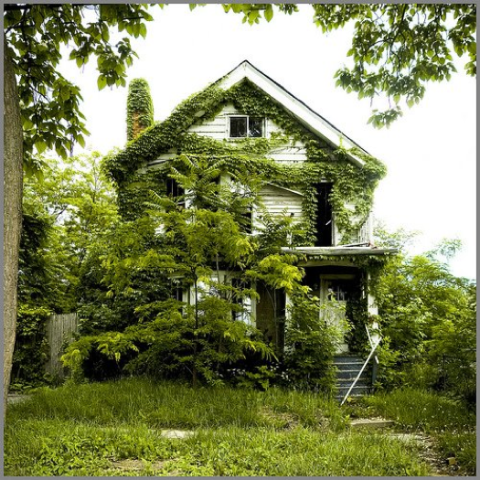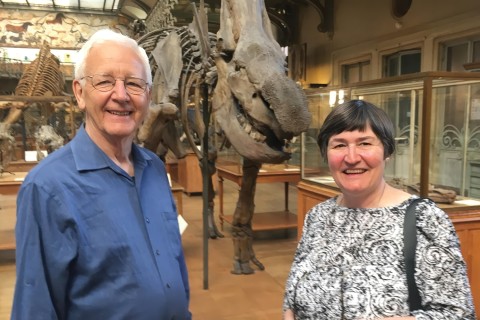Feral houses in the fallen city

A few weeks ago I traveled to Detroit with
friends who wanted to show us their hometown of Wyandotte, Michigan, just south
of the city. We stayed in a former Navy officers club on Grosse Ile, walked
through Henry Ford's Greenfield Village, then drove in to see a baseball game.
But that's it. That's all we saw. We completely
bypassed the infamous, abandoned tragedy that is Detroit 2010. We thought about
the gutted neighborhoods as we sped past them on the interstate, thought about those
who are pulling scrap out of abandoned buildings for a few bucks, those who are
missing out on an education, those who have no access to a grocery store or
doctor or modern bathroom. We stayed on the freeways and traveled the sports
fans' well-marked path to the stadium.
Even if we had taken a tour of Detroit, where
would we have gone? What would our friends have shown us? Perhaps the most
important admission is that we did not know where not to go, and that many places in Detroit are dangerous.



